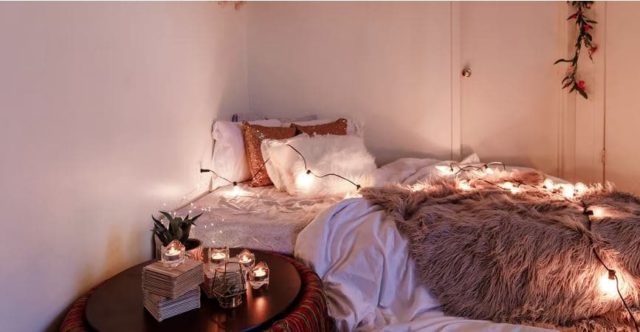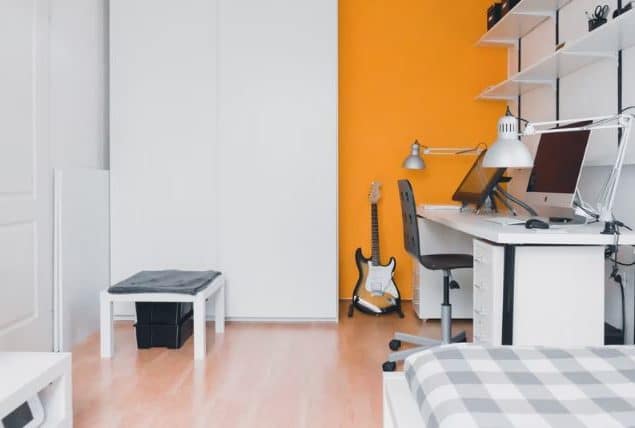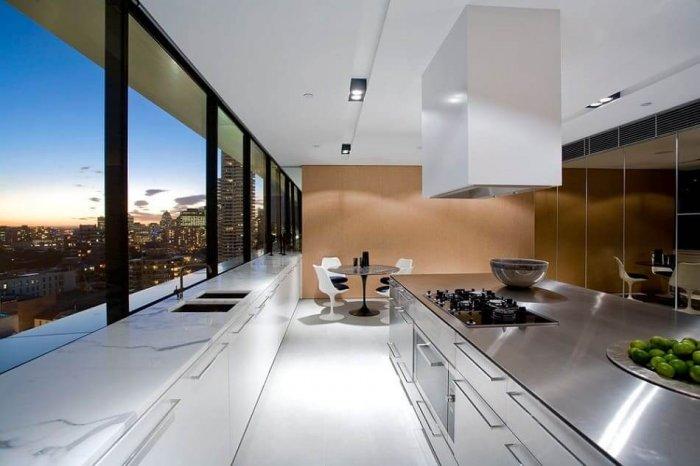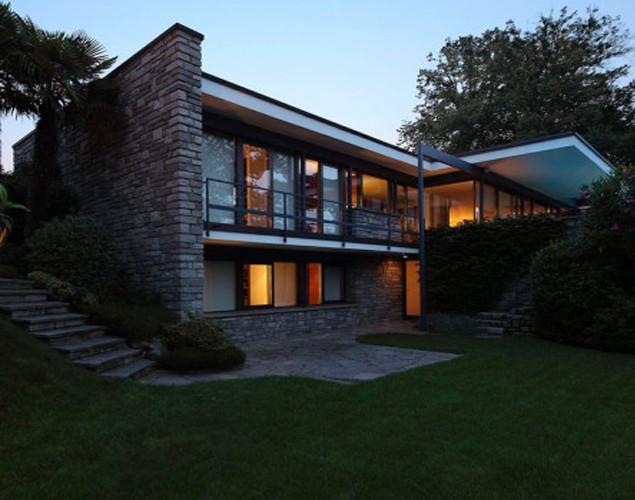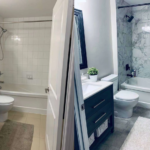Let’s face it: student dorm rooms, by default, are… bleak, at best. Boring. Unexceptional. Bland. There are dozens of other adjectives you can use to describe them, but you get the idea. You’ll need to do a bit of work on this living space to turn it into your cozy new home.
But redecorating a dorm room is challenging, to say the least. The space is tight, and so is your budget, most likely. Plus, you have all those restrictions imposed by the dorm administration. And, how do you make your room look as amazing as possible?
Don’t worry, there are answers. We present to you eight interior design tips you can safely use to transform your living quarters!
Before You Start Redecorating
Don’t rush into buying wall art or wallpaper just yet! As mentioned above, decorating a dorm room isn’t without its challenges. So, make sure to do these three things before you even start planning your interior design project:
- Make time to see it through. Getting interrupted isn’t great: you might forget half of your ideas, and your living space will look like a mess in the meantime. So, consider turning to qualified paper writers at WritePaper to offload your homework. Make sure you’ll have at least a day or two for this project.
- Check the dorm guidelines. You’re probably not allowed to make holes in the walls or repaint them, for example. There may also be restrictions on the kind of furniture you can bring, curtains or wall decoration, and even where you can place your items within the room. So make sure to clarify everything beforehand.
- Collaborate with your roommate. If you’re not the only one living in the room, making it cozy will be a two-person job. It’s great if you share a vision of what the space should look like. But even if it’s not the case, at the very least, you should warn your roommate that you’ll be doing some decorating.
1. Choose Your Color Palette
Do you know what makes those interiors you can find on Pinterest look so well-composed? In 90% of cases, it’s the well-picked (and well-used) color palette.
But how do you choose a color palette for your living quarters? Well, most likely, the dominant color was already picked for you: it’s the color of the walls. But you can still select a secondary and an accent one that you like. Don’t be afraid to go bold – intense and saturated colors go well with white or grey.
Once you settle on the colors, here’s the basic rule for using them:
- 60 percent of the room should go to the dominant color;
- 30 percent – the secondary color;
- 10 percent – the accent color.
2. Throw in Some Patterns
What’s the point of limiting yourself to plain colors only? No matter how bright they are, nothing can liven up the room as well as patterns. You just need to make sure that the patterns you choose fit into your color palette.
There’s no need to stick to just one type of pattern, either. Don’t hesitate to mix them, even if they don’t seem to be from the same “family”.
3. Lighten Up the Room
It’s typically the first thing on every interior design tips list: you have to have enough light to trick your brain into thinking there’s more space. But since you have all those dorm restrictions, you don’t exactly have a lot of wiggle room when it comes to natural light.
Still, you can do the following: put a mirror in a place where it would reflect the natural light from the window during the day. This strategic placement will fill the interior with light and make it look more spacious.
As for the artificial light, you can’t change the ceiling lamp, but you can switch out the bulbs to reflect your style better. Also, don’t be afraid to add a table or bedside source of light. And don’t forget about the fairy lights: they can make any room cozy!
4. Find Your Statement & Accent Pieces
Most likely, you’ve heard about this piece of advice for small, confined spaces: put up a big statement piece to make the room feel vaster. But interior designers don’t usually deal with 90-square-feet interiors where it’s challenging to put anything large.
That said, it’s a safe bet to use a rug as a statement piece. But it’s also a good idea to focus on accent pieces, instead – those smaller items that are scattered around the room. You can put them on your desk, on shelves, and so on.
And if you want this living space to feel like your own, DIY these pieces from scratch! Attach your photos to the fairy lights, make abstract wall art, or create a shelf decoration – you’re limited only by your imagination here.
5. Get Yourself Some Throw Pillows
Adding throw pillows is the favorite decorating tip among interior designs. And that’s for a good reason: they are a relatively inexpensive and easy way to add an accent to any room with a bed or a sofa. Moreover, you can change them to fit the season or your newfound likes.
But how do you make your throw pillows feel balanced and not out of place? Here are the general guidelines interior designers follow:
- Get two large pillows with a bold pattern;
- Add two medium pillows with solid color pillowcases;
- Optionally, put a small pillow with a subtle pattern.
6. Get Inventive with Storage
Interior design isn’t just about decorations. It’s also about making your living quarters as functional and efficient as possible. And since storage is a problem for any student living in a dorm, let’s talk about your options.
You’ll have to get creative to find the right place for putting away the things you don’t use all the time. The rule of thumb is to use every hidden part and corner of the room for storage, no matter how small. Here are just some ideas:
- Put boxes, shelves, or old suitcases under the bed;
- Hang an organizer on the closet and entrance doors;
- Use the space on the floor of your closet.
7. Add Some Greenery
Do you want your living quarters to feel lively? Or, maybe, you miss having a pet around? Get yourself some plants!
If you don’t think you have a green thumb whatsoever, start with some beginner-friendly plants. Golden pothos vines, snake plants, succulents, and cacti are all great for beginners. They don’t require tender care and can withstand any sort of lighting, temperature, and watering schedule.
8. Make It Reflect Your Personality
The whole point of decorating your room is to make it feel homey, right? That’s why there’s no reason to get obsessed with what’s trending in the interior design business. Instead, focus on what feels right to you.
Here are a few tips on how to make your room reflect your personality:
- Choose the color palette and patterns that speak to you;
- Use unique items as accent pieces: souvenirs, photos, awards, etc.;
- Hang posters and/or an inspiration board;
- DIY your decorations.
In Conclusion
Here’s a common mistake: you want your living quarters to have that astonishing IKEA look from the Instagram posts you admired, but you forgo all the practical aspects of interior design. In other words, you end up sacrificing livability in the name of style.
To avoid making your living space uncomfortable or inconvenient, prioritize functionality over aesthetics. When adding something, ask yourself, “How will I use it? Will it get in my way somehow?”
And above all else, remember to have fun. Experiment with different styles, colors, patterns, and items. Break the design conventions if they don’t feel right to you. Trust your gut. Oh, and don’t hesitate to DIY whatever you want to!
